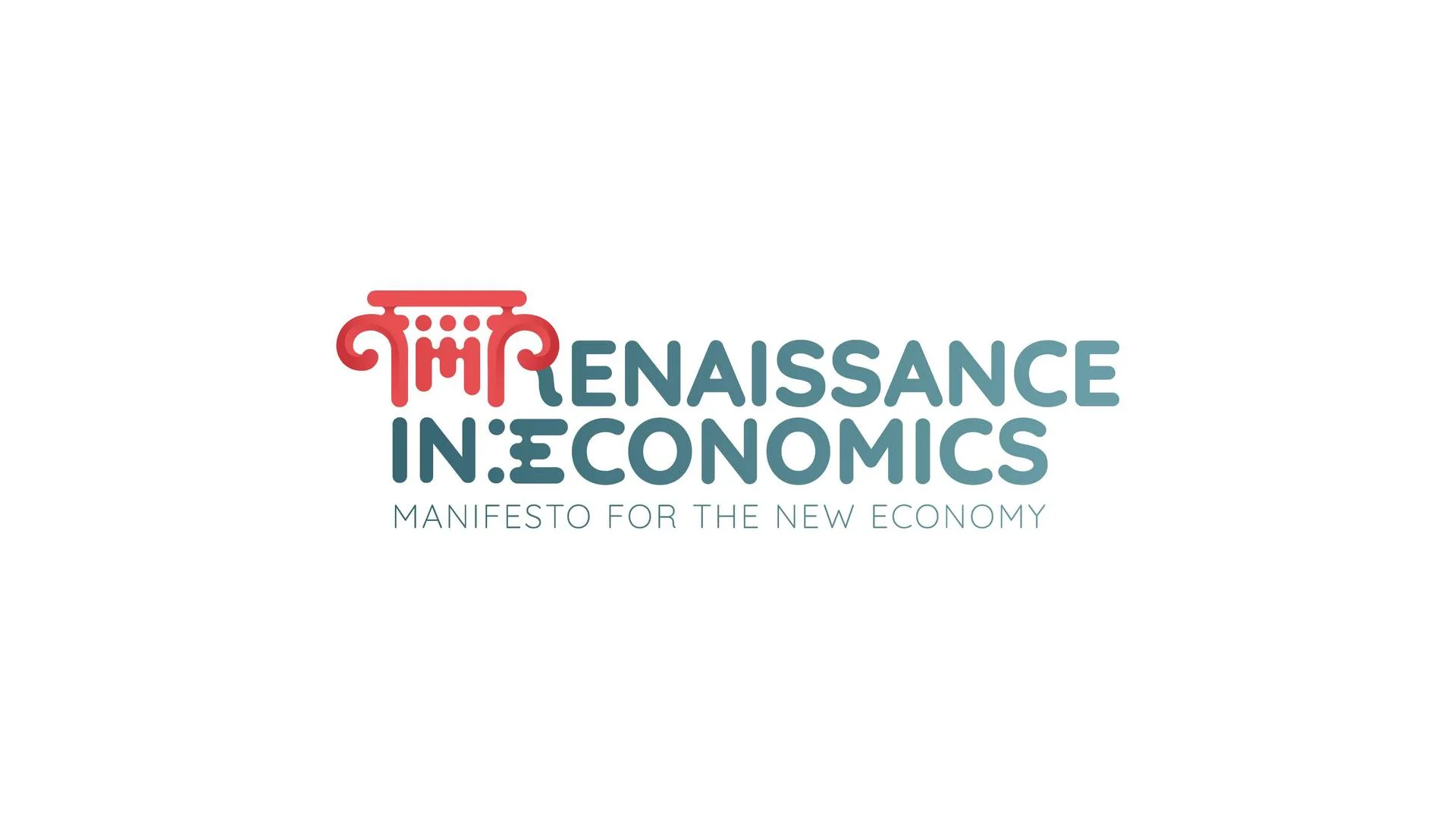Economics Terms A-Z
Quantity Theory of Money
Read a summary or generate practice questions using the INOMICS AI tool
According to the quantity theory of money (often abbreviated QTM), the general price level of goods and services is proportional to the quantity of money in an economy.
This theory was originally formulated by the Polish mathematician Nicolaus Copernicus in 1517, but the version most commonly known today was developed by the American economist Irving Fisher in 1911. It gained popularity in 1963 with the publication of Milton Friedman's and Anna Schwartz's influential book A Monetary History of the United States. Since then, it has become a cornerstone of the monetarist school of economics, which sees excessive expansions in the supply of money as the primary driver of rising prices and hence inflation.
Fisher’s Equation of Exchange
Fisher's Equation of Exchange is an identity that always holds true by definition. It essentially states that the quantity of money spent in an economy needs to equal the quantity of money used. This is expressed as:
\begin{equation*}
MV_T \equiv P_TT
\end{equation*}
where
M = Quantity of money
VT = Money velocity of all transactions (money turnover)
PT = Price level of all transactions
T = Total transactions in the economy.
According to the QTM, in any given time period, total money expenditure is equal to the total value of goods traded in the economy. The volume of transactions T depends on the supply of goods and services to be exchanged. The greater the supply of goods in an economy, the larger the number of transactions and trade, and vice versa.
An alternative formulation makes this relationship more explicit by introducing real output or gross domestic product (GDP) to the equation. This particular formulation of QTM is quite common and regularly taught to students of economics, so you may recognize it:
\begin{equation*}
MV \equiv PY
\end{equation*}
where
M = Quantity of money
V = Income velocity of money
P = Price index (not price level)
Y = Real output (GDP).
In this equation, as with the price of a commodity, the value of money is determined by supply and demand factors. Under the assumption of full employment and full use of all resources, Y cannot be increased and is therefore assumed constant. Another central assumption is that the velocity of money V is considered fixed or externally determined. With V and Y being held constant, the QTM then states that prices P evolve proportionally to the money supply M.
\begin{equation*}
MV = PY \Longleftrightarrow P = V\frac{M}{Y}
\end{equation*}
That is, any change in M leads directly to a change in P, or in other words, an increase in the money supply causes inflation.
It's worth noting that M itself can be broken up into at least two components. Monetary assets that are very liquid, such as cash, are considered part of "M1". Other monetary assets including savings deposits are part of "M2". These sub-categories of the money supply are more fully explained in our article on velocity.
Cambridge Cash Balances Equation
An alternative approach to the QTM, known as the Cash Balances Equation, was developed by a group of Cambridge economists - including Alfred Marshall, Arthur Cecil Pigou, and John Maynard Keynes, in the early 1900s. While Fisher's version focuses on money supply, the Cambridge approach focuses on money demand, identifying different uses of money which the Fisher approach did not address.
The main argument reflected in the Cambridge version is that money acts not only as a medium of exchange but also as a store of wealth. That is, people want to hold money both to finance transactions (medium of exchange) and as a security against unforeseen needs (store of wealth). It is assumed that a person’s demand for cash balances is proportional to their income. This leads to the following equation:
\begin{equation*}
M_dV \equiv k(PY)
\end{equation*}
where
Md = Money demand
k = Proportion of nominal income (PY) that is demanded as cash-holding
P = Price index
Y = Real output (GDP)
In equilibrium, money supply must equal money demand. That is:
\begin{equation*}
M_s = M_d = M \Longleftrightarrow M = kPY \text{ or } P = \frac{M}{kY} = \frac{1}{k}\frac{M}{Y}
\end{equation*}
We can see that this is a transformation of Fisher's equation, with k being the reciprocal of V. Assuming that Y is constant because of full employment and full resource use, and assuming that k is a behavioral constant, the conclusion is similar to Fisher’s version. That is, an increase or decline in the money supply leads to a proportional price change.
Good to Know
While the QTM in essence is accepted by most economists, disagreement exists about the extent to which each of the variables depends upon the others, and which variables can reasonably be assumed constant in the real world where conditions are dynamic in nature. Moreover, additional factors which influence the demand for money such as rate of interest, wealth, and expectations about future prices have not been sufficiently accounted for in this simple model.
While both Fisher's and the Cambridge version assume that output Y is constant because of full employment, the implications change once allowing for unemployment. As later pointed out by Keynes in his General Theory, the chain of causation between changes in the quantity of money and in prices is not direct but indirect.
In the first place, an expansion in the total quantity of money leads to a fall in the rate of interest and, in consequence, a rise in investment. If there are unemployed resources, this will lead to an expansion of production, increasing output, employment, and income. However, once full employment is reached, output will cease to respond and the effect will be exerted on prices, which rise in response.
Adapting consumer behavior is another factor that challenges the assumptions of the QTM theory. For example, if consumers expect that prices will rise in the near future, and in response decide to hold less cash and increase spending to stock up on goods, this will reduce k or increase V respectively.
-
- Assistant Professor / Lecturer Job, Professor Job
- Posted 1 week ago
Lecturer / Senior Lecturer in Economics
At University of Canterbury in Christchurch, Nouvelle-Zélande
-
- Assistant Professor / Lecturer Job
- Posted 1 week ago
Assistant Professor of Finance and Economics
At Eastern Kentucky University in Richmond, États-Unis
-
- Workshop, Conference
- Posted 3 days ago
Call for Papers: 3° International Conference Renaissance in Economics 2026
Between 14 May and 15 May in Rome, Italie














